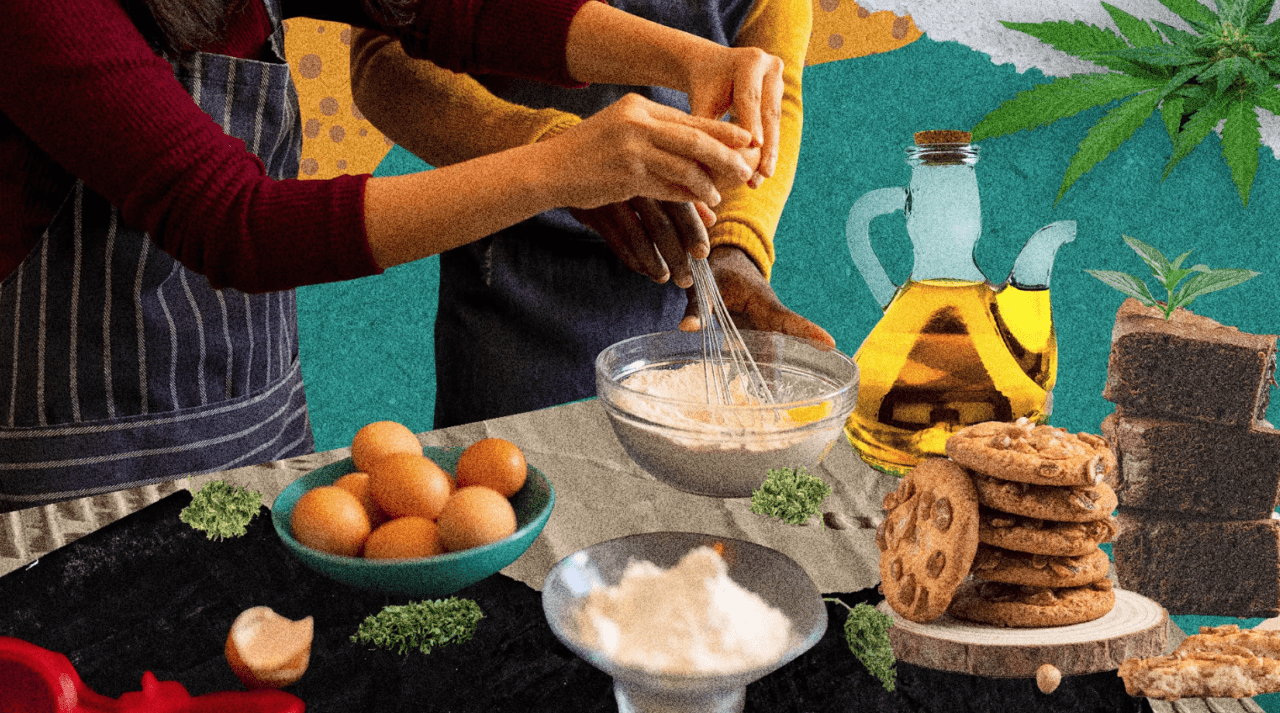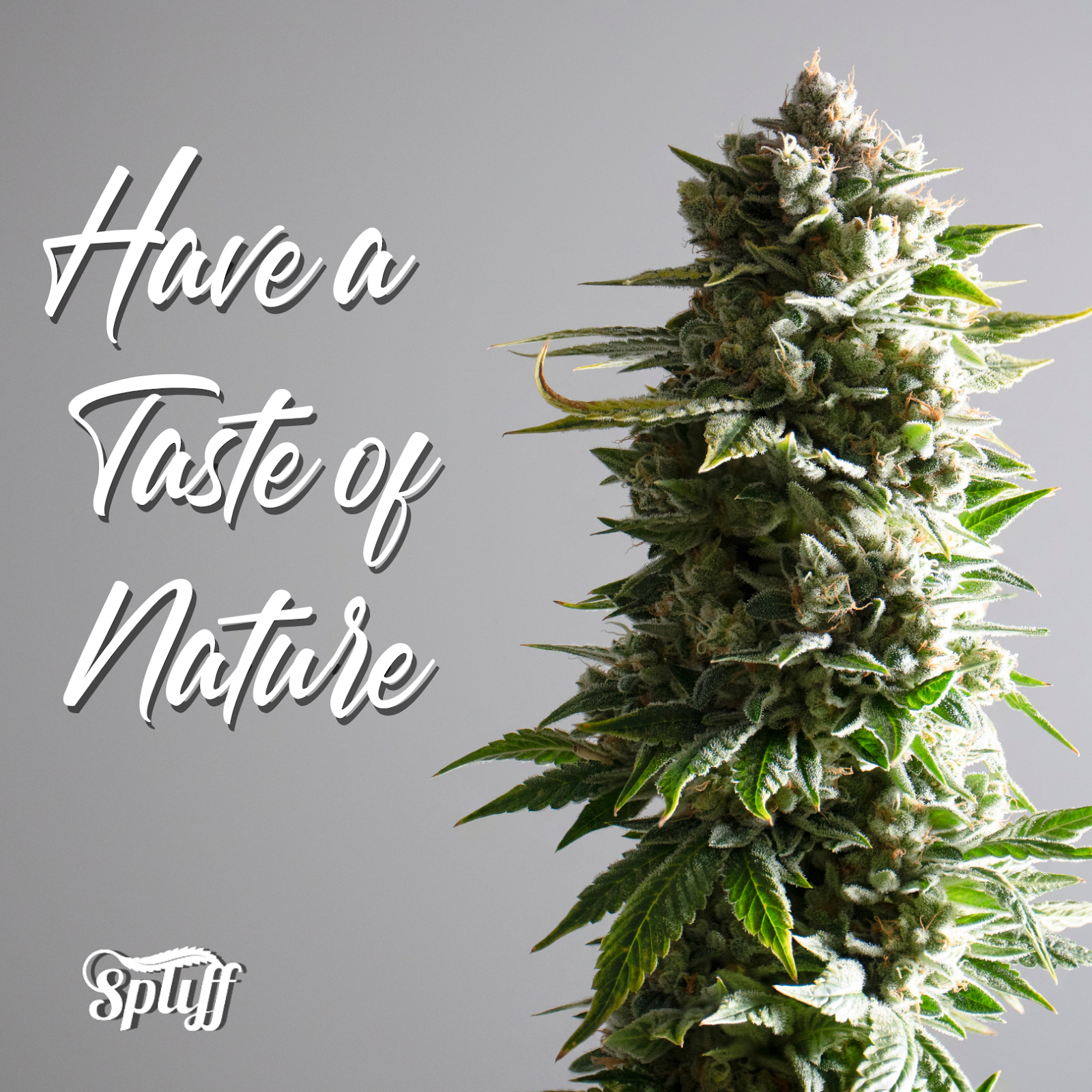Making your own cannabis edibles at home allows you to control ingredients, dosage, and flavors while saving money compared to store-bought options. The process involves several key steps, including selecting quality cannabis, properly preparing it through decarboxylation, choosing the right infusion method, and adding flavors that complement the natural taste of cannabis. With proper techniques and safety precautions, you can create delicious homemade edibles that rival products from any marijuana dispensary in Washington.
Selecting Quality Cannabis
Start with high-quality cannabis buds to create the best-tasting and most potent edibles. Look for fresh, aromatic buds with bright colors and sticky resin, which indicate high levels of terpenes and cannabinoids that provide both flavor and effects. Choose well-trimmed buds without excess leaves or stems, as these can add unwanted bitter flavors to your final products. Fresh cannabis should smell strong and pleasant, not musty or stale. While you might be tempted to use lower-grade cannabis for edibles, quality ingredients make a noticeable difference in taste and potency. Investing in good cannabis upfront results in better-tasting edibles that provide consistent effects and a more enjoyable experience for you and anyone you share them with.
Decarboxylation: The Key Step
Decarboxylation is the most important step in making edibles because it activates the THC and CBD in your cannabis. Raw cannabis contains mostly inactive compounds that won’t get you high until they’re heated properly. Start by preheating your oven to 240°F (115°C) and breaking your cannabis buds into smaller pieces. Spread them evenly on a baking sheet and cover them with aluminum foil to prevent the valuable compounds from evaporating. Bake for 30-40 minutes, but avoid going longer, as excessive heat can destroy the cannabinoids. Your cannabis is ready when it turns light brown and becomes slightly crispy. This activated cannabis can now be infused into oils, butter, or other ingredients to create potent edibles. Proper decarboxylation is what makes the difference between effective edibles and disappointing ones.
Infusion Methods and Dosage
Once your cannabis is decarboxylated, you can infuse it into various ingredients depending on what type of edibles you want to make. Here are the most popular infusion methods:
- Oil Infusion: Works great for both sweet and savory dishes and can be used in almost any recipe that calls for cooking oil.
- Butter Infusion: Ideal for baked goods such as cookies, brownies, and cakes that typically incorporate butter into their recipes.
- Alcohol Tinctures: Ideal for beverages and provide faster absorption when placed under the tongue before swallowing.
- Ghee Infusion: Works well for Indian and Middle Eastern cuisines and has a longer shelf life than regular butter.
Start with small amounts and test potency before making large batches.
Enhancing Flavor Profiles
Cannabis has a distinctive earthy taste that some people find strong or unpleasant, but you can mask or complement this flavor with the right ingredients. Vanilla, cinnamon, citrus zest, and nutmeg work well to add depth and complexity to cannabis-infused recipes. Chocolate is particularly effective at covering the cannabis taste while creating delicious treats. Fresh herbs, such as mint or basil, can add interesting flavor combinations. High-quality ingredients, such as premium chocolate, organic fruits, and real vanilla extract, make a significant difference in the final taste. Don’t be afraid to experiment with different spice and herb combinations to find flavors you enjoy. Strong flavors like coffee, peanut butter, or caramel can also help mask the cannabis taste while creating gourmet-quality edibles.
Storage and Safety Tips
Proper storage keeps your edibles fresh and potent while preventing accidental consumption. Follow these important guidelines:
- Keep it Airtight: Store edibles in sealed containers to prevent air exposure that can reduce potency and cause staleness.
- Cool and Dark: Store edibles in cool, dark places, away from sunlight and heat, as excessive exposure to these elements can degrade cannabinoids and alter textures.
- Label Clearly: Mark containers with preparation dates and dosage information so you know how much you’re consuming.
- Out of Reach: Store all edibles where children and pets cannot access them to prevent accidental ingestion.
These storage practices help maintain quality and prevent dangerous situations.
Related Topics:


